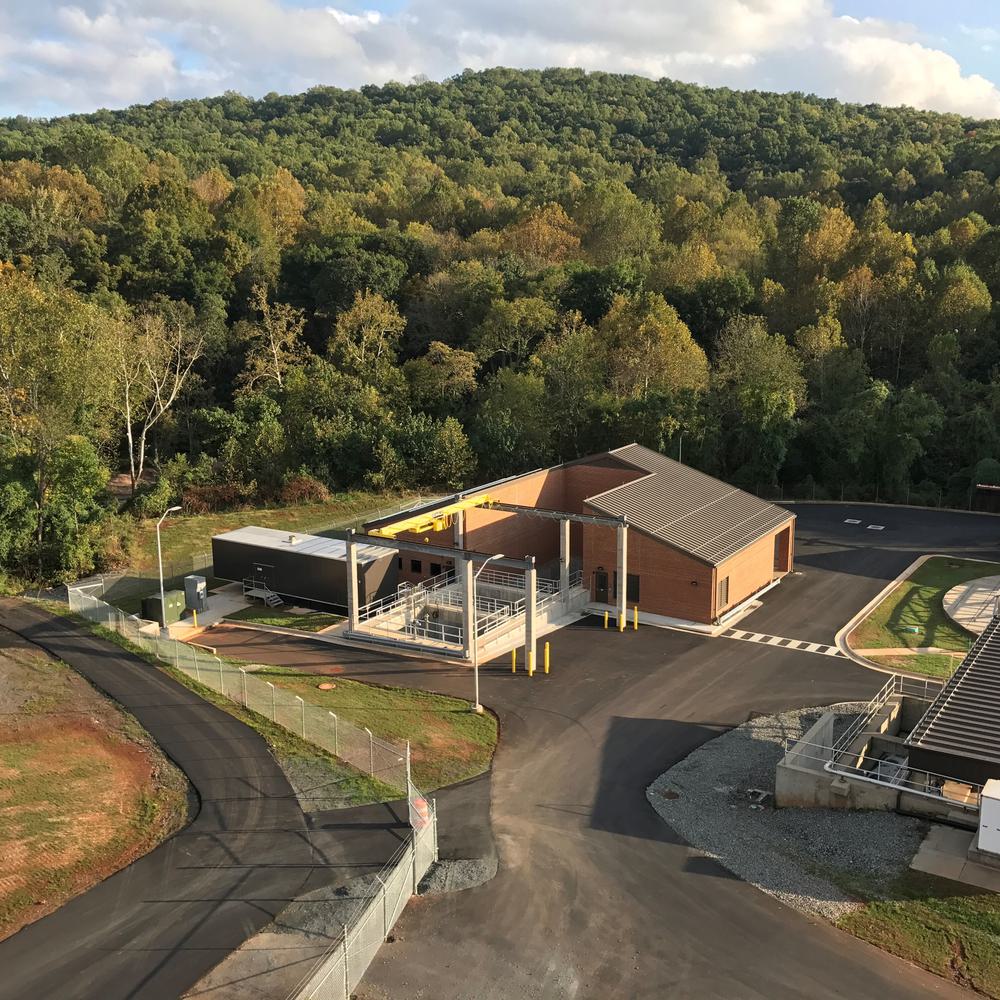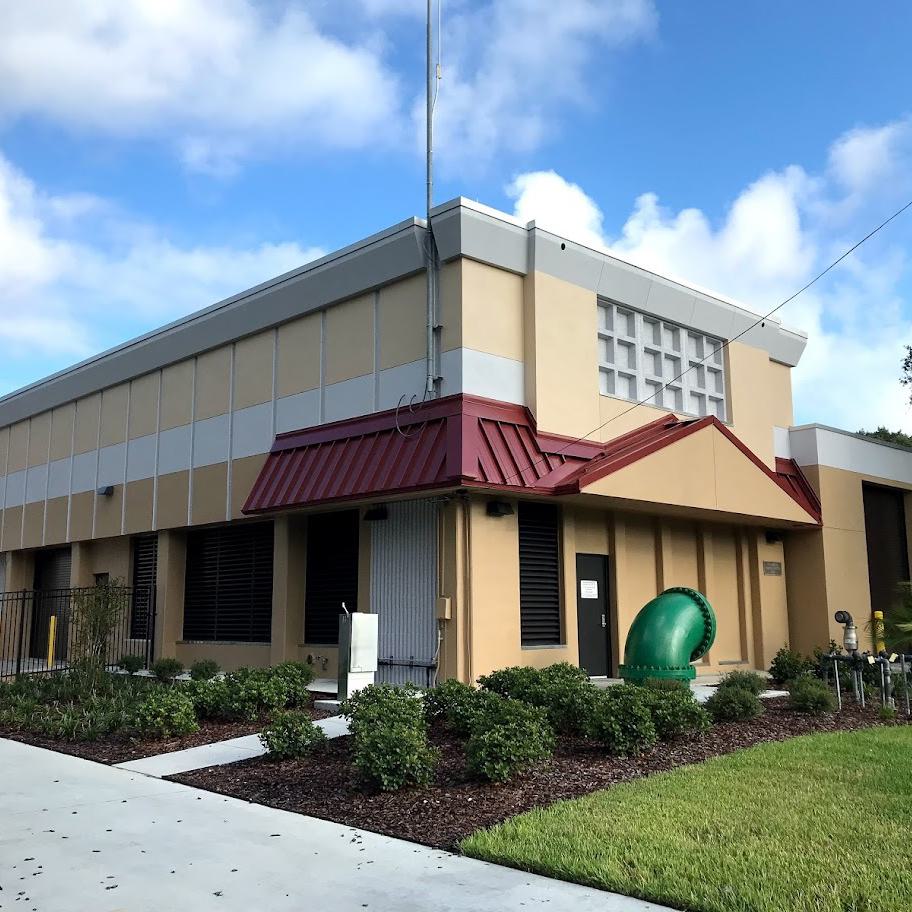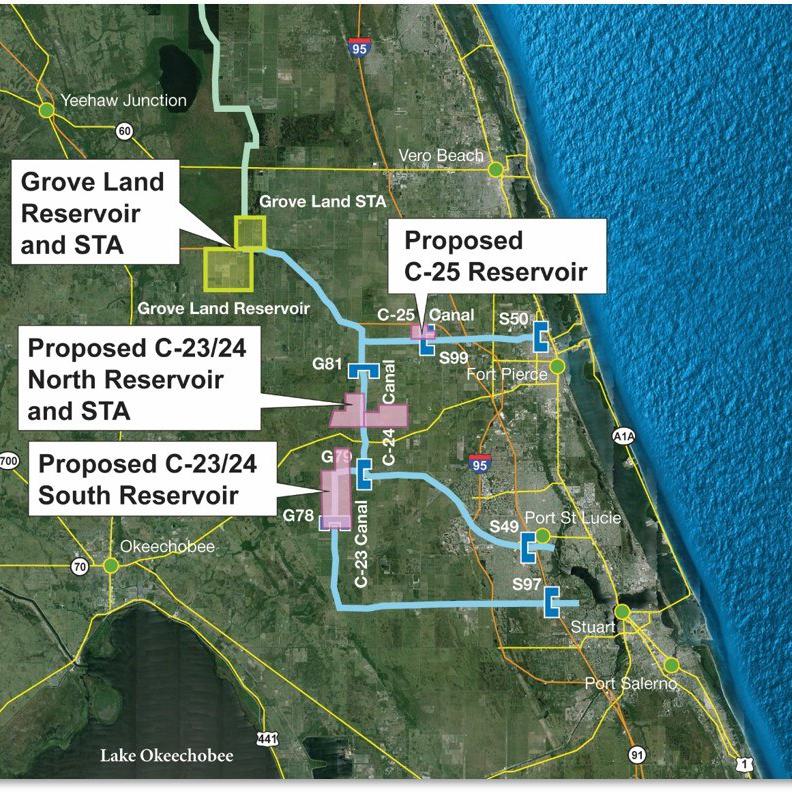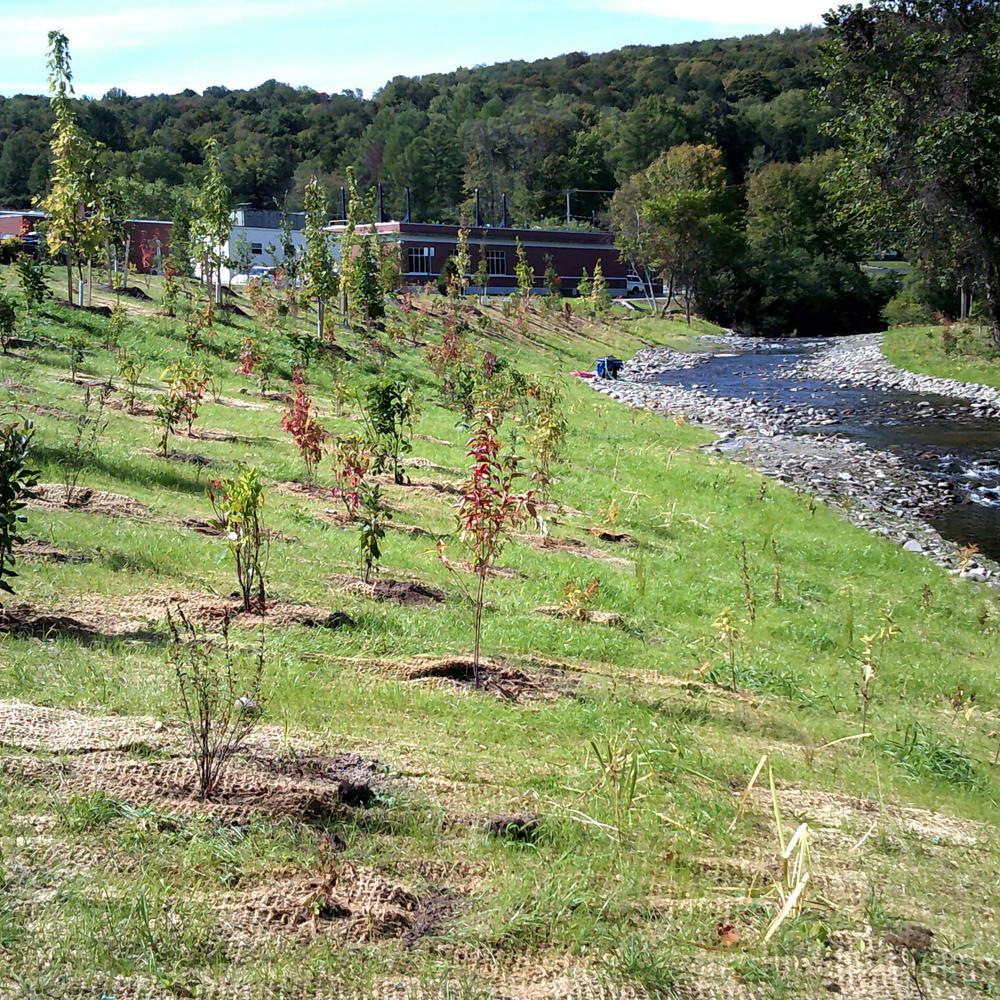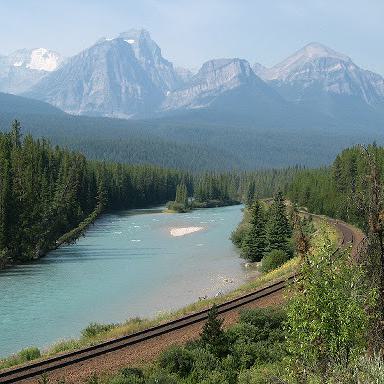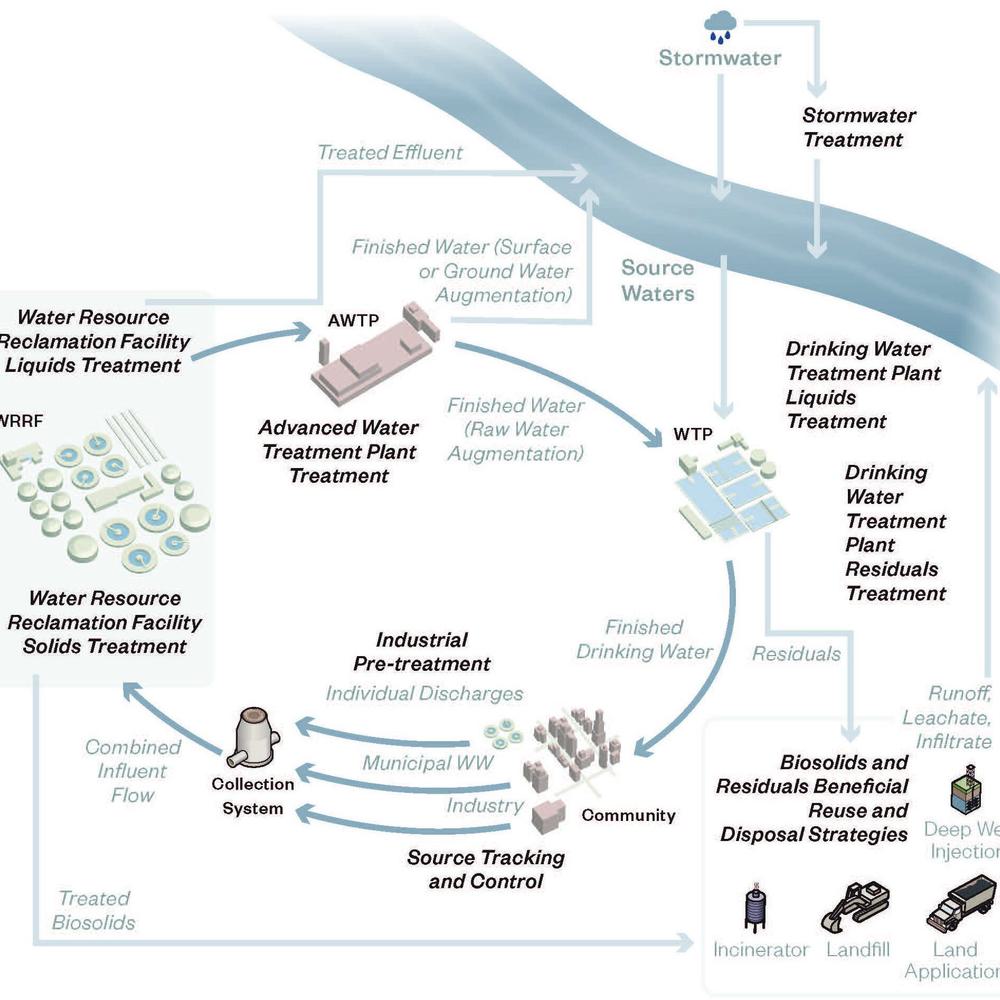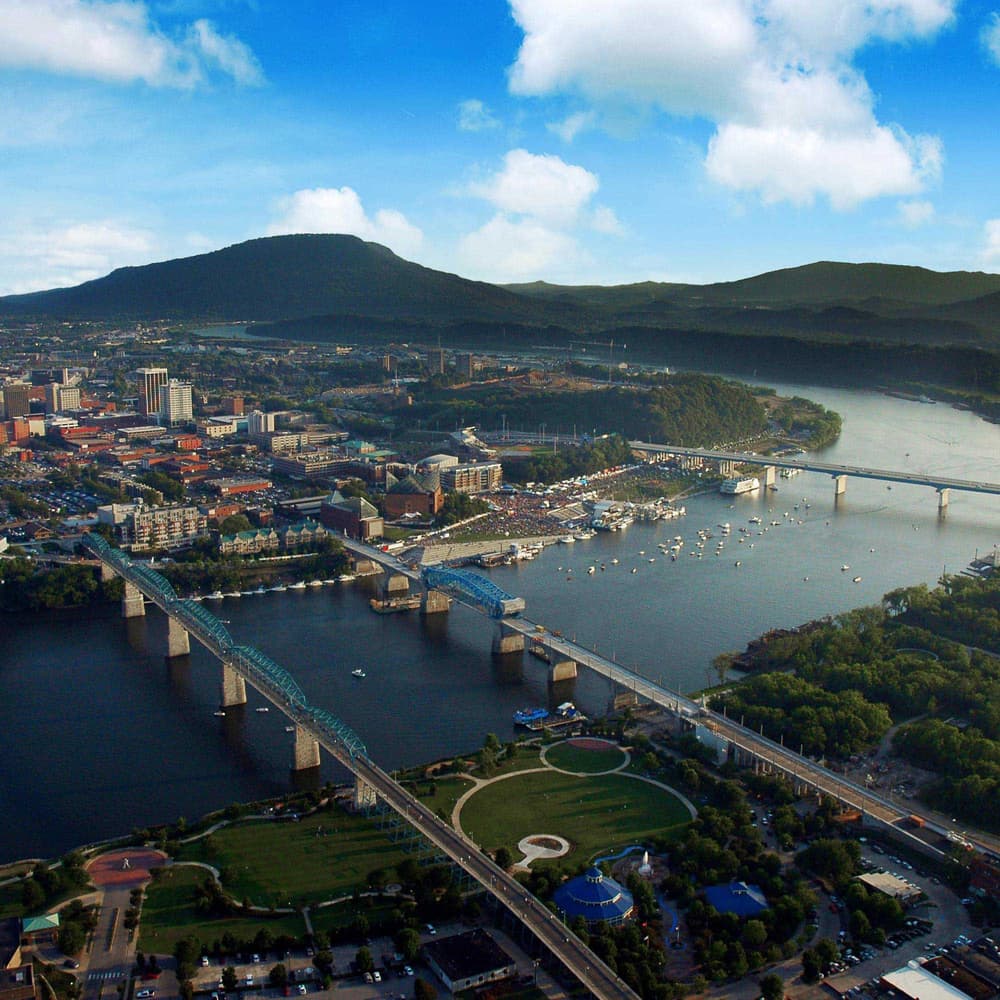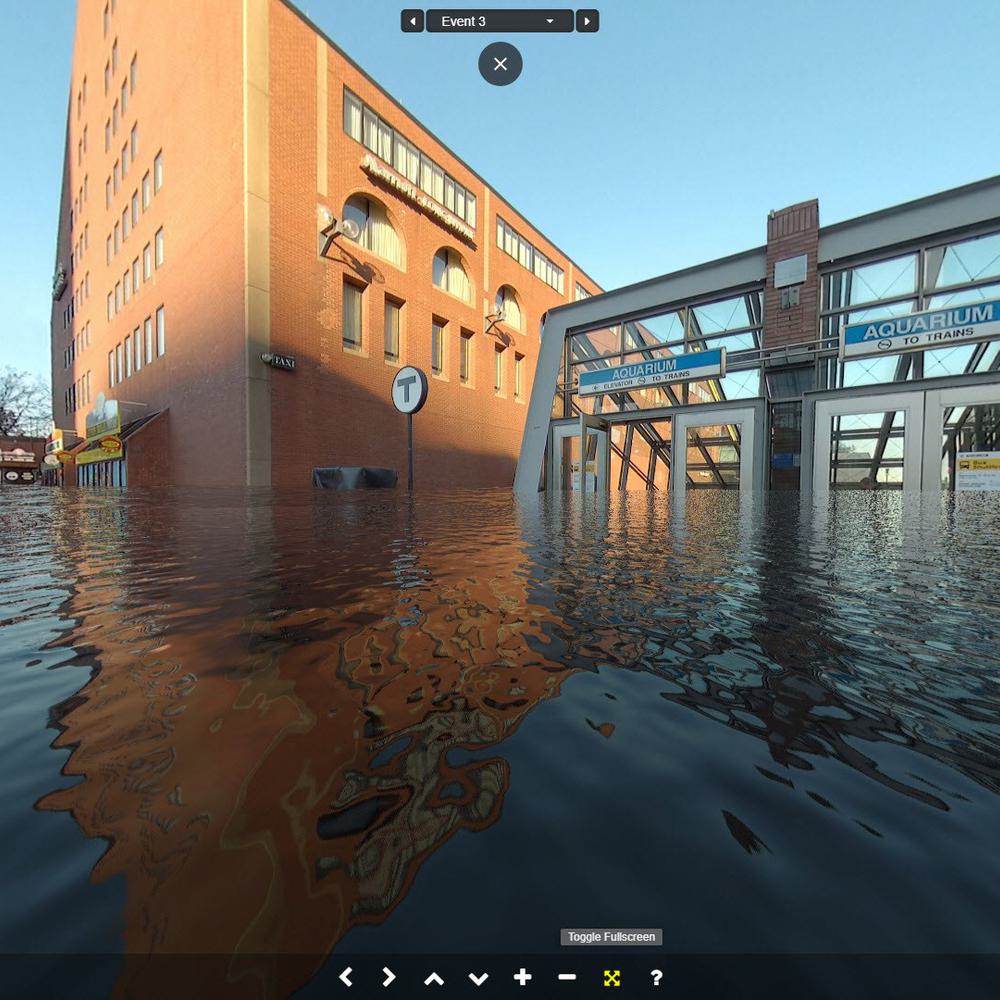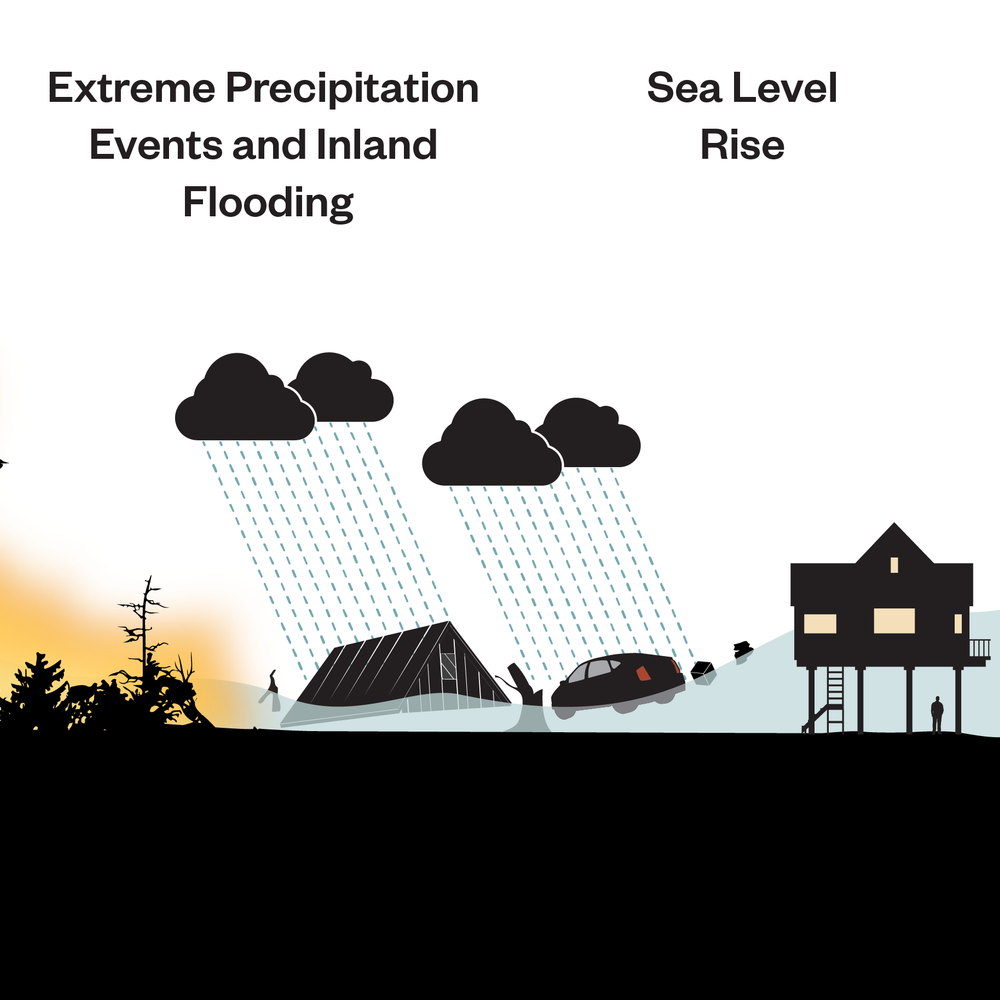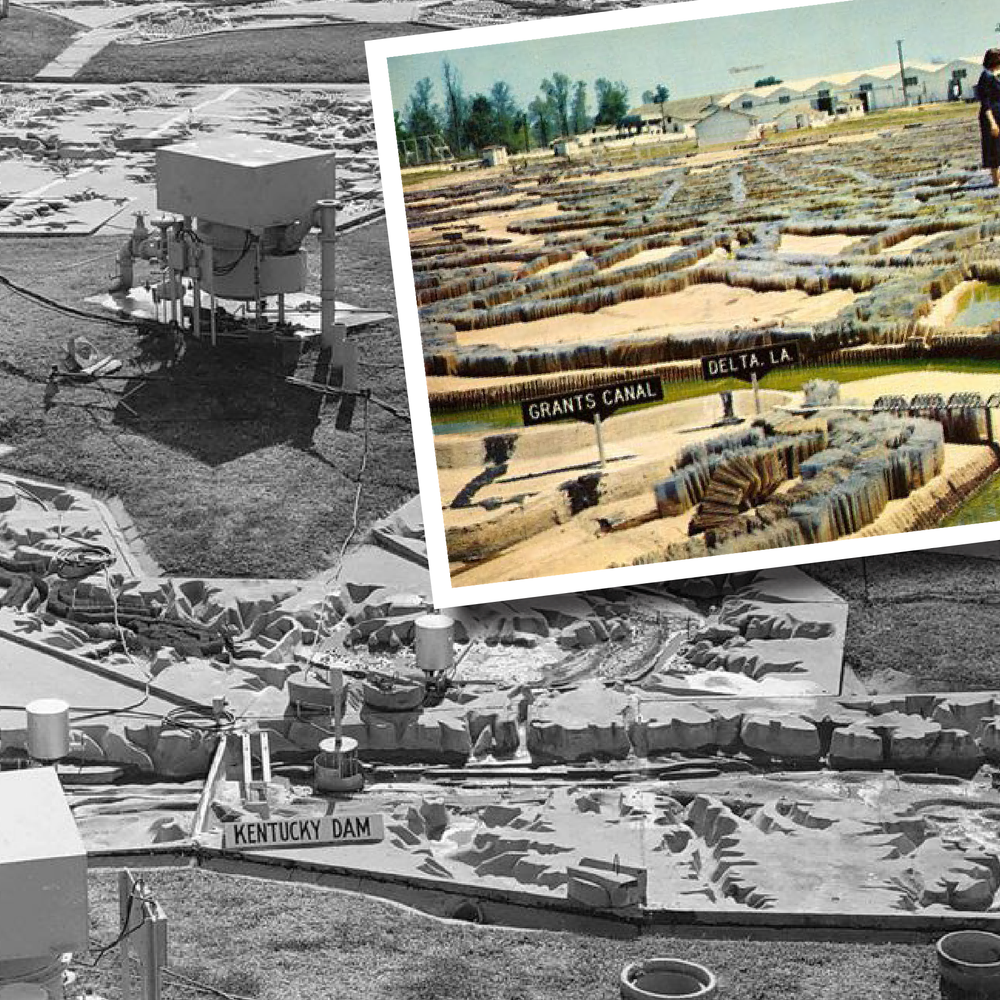Mill Pond: Staten Island Bluebelt
The Mill Pond Project is located in the Richmond Creek Watershed, one of 16 watersheds in the Staten Island Bluebelt. Using best management practices (BMPs) including constructed wetlands, meandering streams, and other features, we provided a natural drainage corridor to convey pollutants while promoting terrestrial and aquatic life.
Both the value of the Mill Pond as a habitat and its stormwater detention and conveyance ability were degraded due to the accumulation of sediment within the pond and the generally poor condition of the shoreline and aquatic vegetation. The overall depth of Mill Pond was reduced by more than 50% and a sediment mound above the water surface had formed.
To remediate this condition, the pond was dredged to its historic depth and clusters of logs and root wads were embedded in the pond’s bottom to create protected habitat for newly spawned fish and other aquatic life. Native plantings were then introduced into the pond and the shoreline, and adjacent upland areas as part of the overall restoration. The wetland plants also provide a natural method of treatment that provides water quality improvements.
The main weir was lengthened to convey the dry and wet weather storm water flows, while maintaining the Mill Pond’s historic water surface elevation. A fish by-pass was also constructed to allow the migration of fish from the downstream tidal waters into the pond and upstream waters of Richmond Creek.
A side weir and by-pass storm sewer were constructed to convey large storm flows to the downstream tidal reaches while protecting the historic bridge located above the outlet stream corridor.
A pocket wetland, which is fed first-flush stormwater from the flow splitter, was also constructed. This newly constructed wetland treats the stormwater with a high and low marsh system that removes sediment and provides natural treatment for water quality enhancement. The installed wetland plantings were native species that were selected for their habitat and natural treatment qualities.
All structures whether hydraulic or architectural were designed and constructed to match the surrounding centuries old architecture of the Historic Richmond Town setting. Hazen and Sawyer worked closely with representatives from both Historic Richmond Town and the various New York City agencies to ensure that all the improvements preserve and enhance the sites unique historical and natural qualities.

Sandeep Mehrotra brings a wealth of expertise related to climate resiliency adaptation, green infrastructure design/stormwater Best Management Practices, and environmental review and impact analysis.
Related Topics:
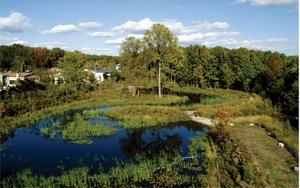
This project is part of our long history of working on the Staten Island Bluebelt.
BMPs in Action
Thoughtful design and the use of native species creates a long-lasting solution that mimics the natural environment.
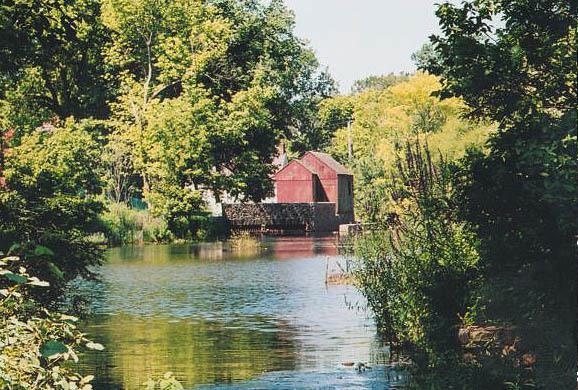
Project Outcomes and Benefits
- BMPs include constructed wetlands, meandering streams, and other features that provide a natural drainage corridor to convey pollutants while promoting terrestrial and aquatic life.
- The Mill Pond Project is located within the Historic Richmond Town Restoration and consists of the rehabilitation of the existing pond, the reconstruction of the existing weir, the construction of a new side weir and bypass storm sewer, a upstream flow splitter to direct first flush stormwater flow to a newly constructed pocket wetland for natural treatment, and site-wide perimeter improvements.



